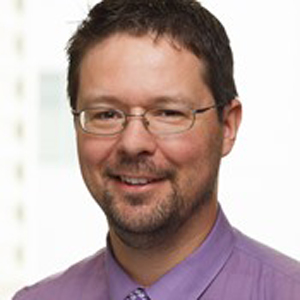Program Information
Modeling Normal Tissue Complication Probability Based On Compiled Clinical Data From Skin Cancer Radiotherapy
P Prior*, J Wilson, X Li, Medical College of Wisconsin, Milwaukee, WI
SU-E-T-277 Sunday 3:00PM - 6:00PM Room: Exhibit HallPurpose: Our objective is to model normal tissue complication probability (NTCP) based on published clinical data of head/face non-melanoma skin cancers to determine optimum treatment schemes using advanced radiotherapy (RT) technologies.
Methods: Reports citing crude estimates of erythema, desquamation and telangiectasia for primary basal and squamous cell carcinoma (BCC & SCC, resp) of the head/face were used in model development. The models had the form: NTCP = 1/(1+exp(-(BED + BEDprolif x T - TD50)/k), where BED is the LQ model based biological effective dose. Uncomplicated tumor control functions (UCTCs) were created using NTCP models together with our own separately published TCP models. Values of BED maximizing UCTC were calculated and compared with 5 x 7.2 Gy in one week and 15 x 3 Gy in 3 weeks treatment schedules (BED14 = 54.5 & 54.6 Gy, respectively).
Results: Literature search yield six reports useful in the development of a TCP model for BCC/SCC. The reported a median total dose of 39.0 Gy (range: 23.9-52.4 Gy), dose per fraction of 3.3 Gy/fx (range: 1.7-7.3 Gy/fx), & total treatment time of 28.7 days (range: 12-40 days). Three NTCP and 12 UTCP models were generated for treatments with tumors of size < 2cm and > 2cm. Maximum UCTC occurred at biological effective doses (BEDs) ranging from 36.25-52.25 Gy to the BCC/SCC tumors < 2 cm and 55.0-61.4 Gy to the BCC/SCC tumors > 2 cm in size.
Conclusion: Three NTCP models for endpoints observed in skin cancer RT were developed based on published data, which can depend on the size of irradiated skin area (future work will explore the area-NTCP relationship further). BED values for single and multiple fraction treatments were identified to maximize UCTC for tumors > 2 cm in size, though smaller tumors may benefit from treatment schedules with lower BED.
Contact Email:


